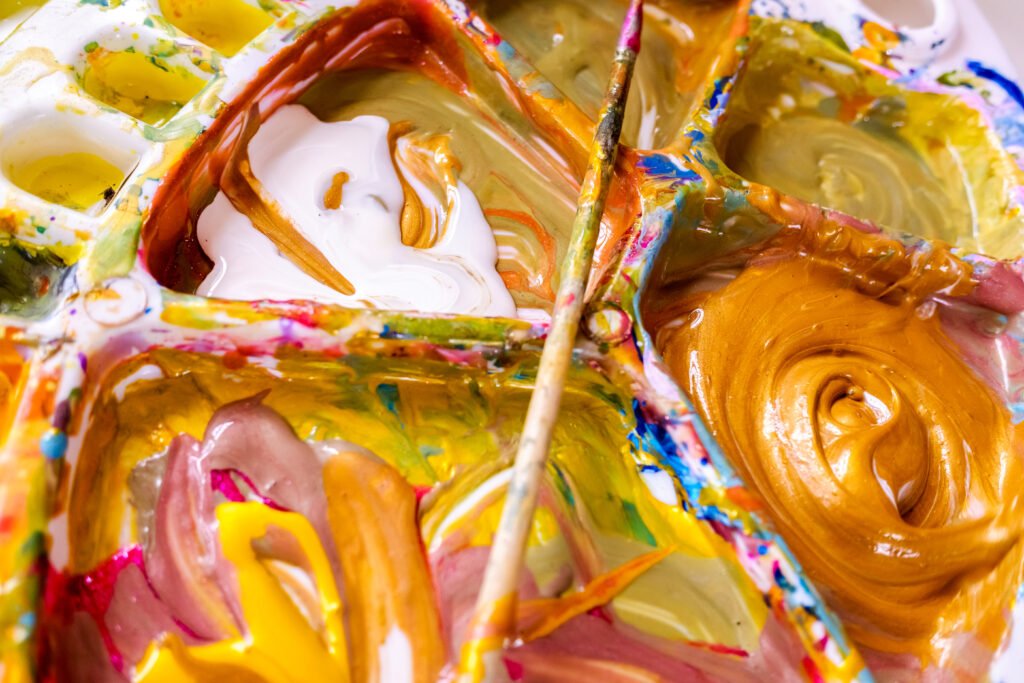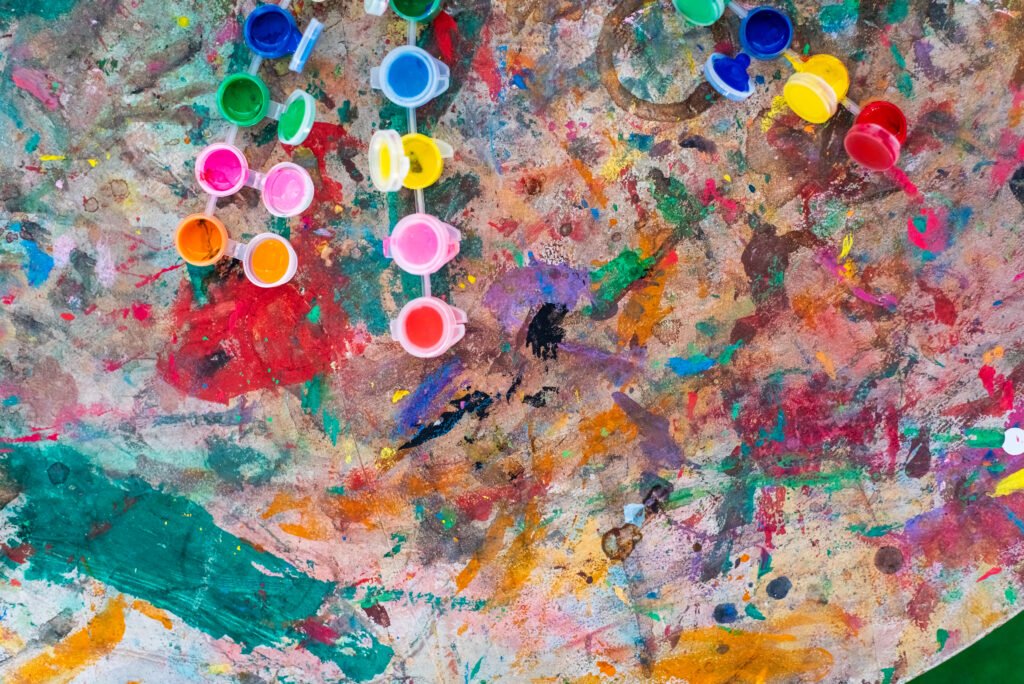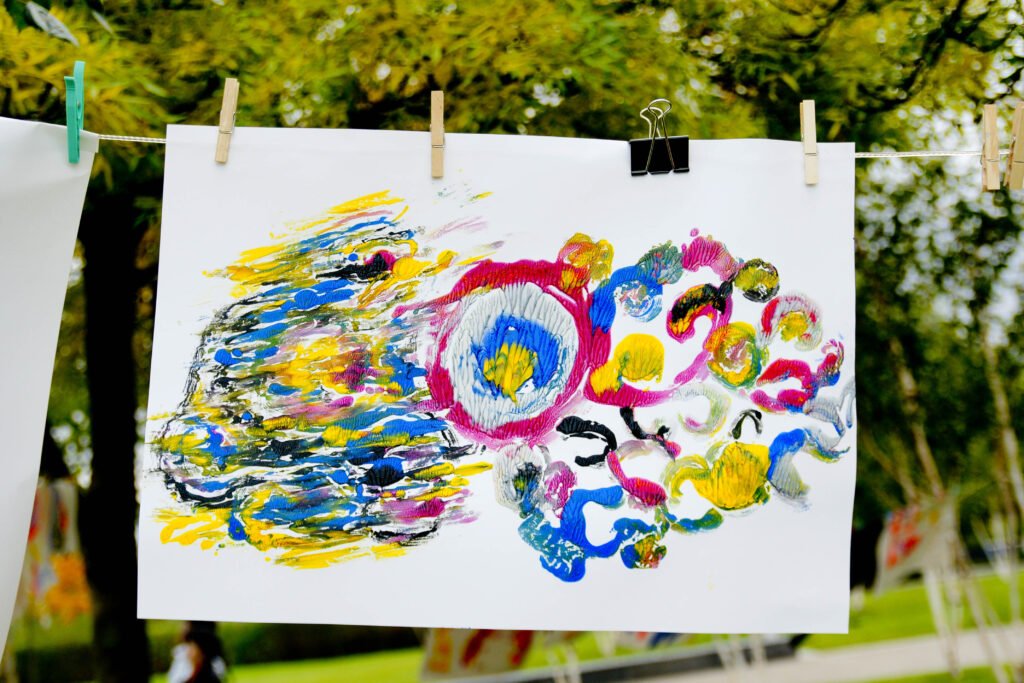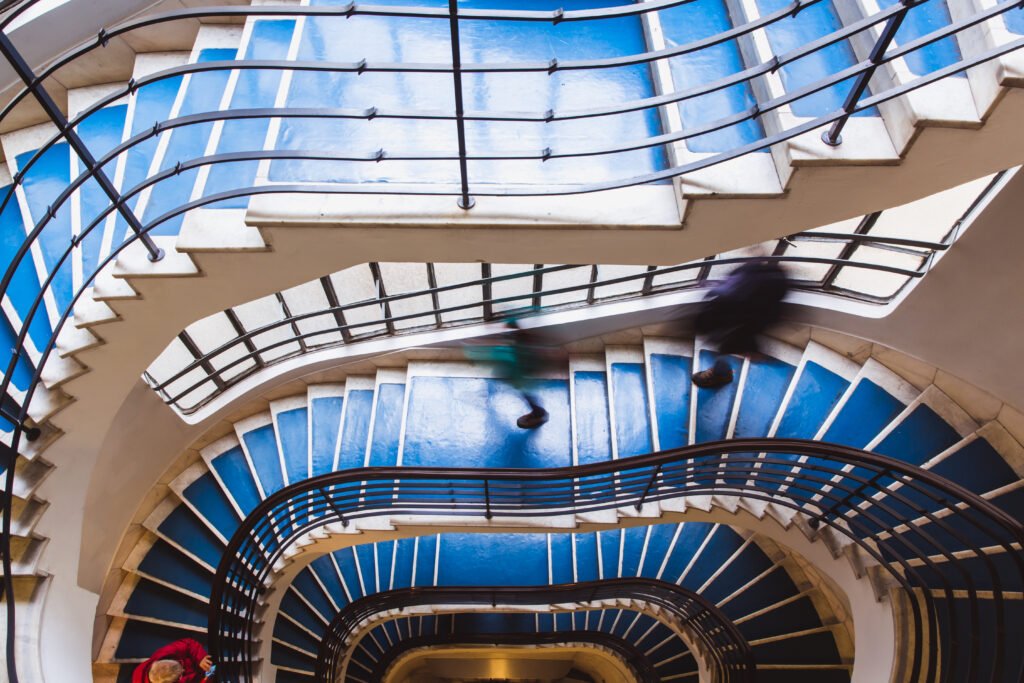Abstract art is not just an artistic movement but a vast universe of creative possibilities. By breaking away from literal representation, artists have been able to explore colors, shapes, and textures in unprecedented ways. This field offers different techniques and styles, each with its own identity and unique history.

For those looking to buy abstract art or invest in abstract art paintings, understanding the main approaches helps in selecting works that reflect personality, aesthetic harmony, and even potential for appreciation.
Painting Techniques in Abstract Art
Within abstract art, techniques range from traditional painting methods to experimental approaches using alternative materials and supports. In the book Concerning the Spiritual in Art (1911), Kandinsky highlights that the choice of technique is a direct vehicle for inner expression.
Among the most famous is drip painting — popularized by Jackson Pollock — where paint is dripped or splattered onto the canvas, creating dynamic and unpredictable compositions. Mark Rothko, a master of color fields, applied translucent layers of paint to produce meditative atmospheres.
Other techniques include:
- Palette knife painting: using knives to create dense textures and reliefs, widely explored by contemporary artists;
- Abstract watercolor: using water’s fluidity to create stains and color blends;
- Acrylic painting with collage: combining paint with glued elements like fabrics or papers.
Museums such as MoMA (Museum of Modern Art) and Tate Modern offer rich collections of works created with these techniques, allowing visitors to observe how each method impacts visual and emotional perception.
Most Popular Styles in Abstractionism
Abstract art encompasses diverse styles, each with its own aesthetic proposition. According to E. H. Gombrich in The Story of Art (1995), this variety is one of the movement’s strengths.
- Lyrical abstraction: seeks to convey sensations and moods through soft colors and organic shapes. Kandinsky and Joan Miró are key references;
- Geometric abstraction: uses precise shapes, straight lines, and controlled palettes. Piet Mondrian and Theo van Doesburg mastered this style;
- Abstract expressionism: emphasizes free, expressive gestures, valuing the energy of the act of painting, as seen in Pollock and de Kooning’s works.
- Minimalist abstraction: reduces composition to the essential, exploring simplicity and balance.
Each style offers different sensory experiences. When buying abstract art paintings, understanding these characteristics helps select works that match the space and convey the desired message.
The Blending of Techniques and Styles in Contemporary Times
In the 21st century, abstract art has incorporated digital and interactive resources. Augmented reality works, animations, and NFTs expand the field of artistic expression. Platforms like Saatchi Art allow buyers to find everything from oil paintings to digital experiences.
Moreover, many contemporary creators mix traditional and digital techniques, producing hybrid pieces. According to the book Digital Art by Christiane Paul (2015), this fusion enhances expressiveness and creates new forms of interaction with the public.
Today, those looking to buy abstract art find a diverse market where historical styles coexist with technological innovations. This coexistence keeps abstractionism relevant and constantly evolving, attracting collectors and admirers worldwide.



